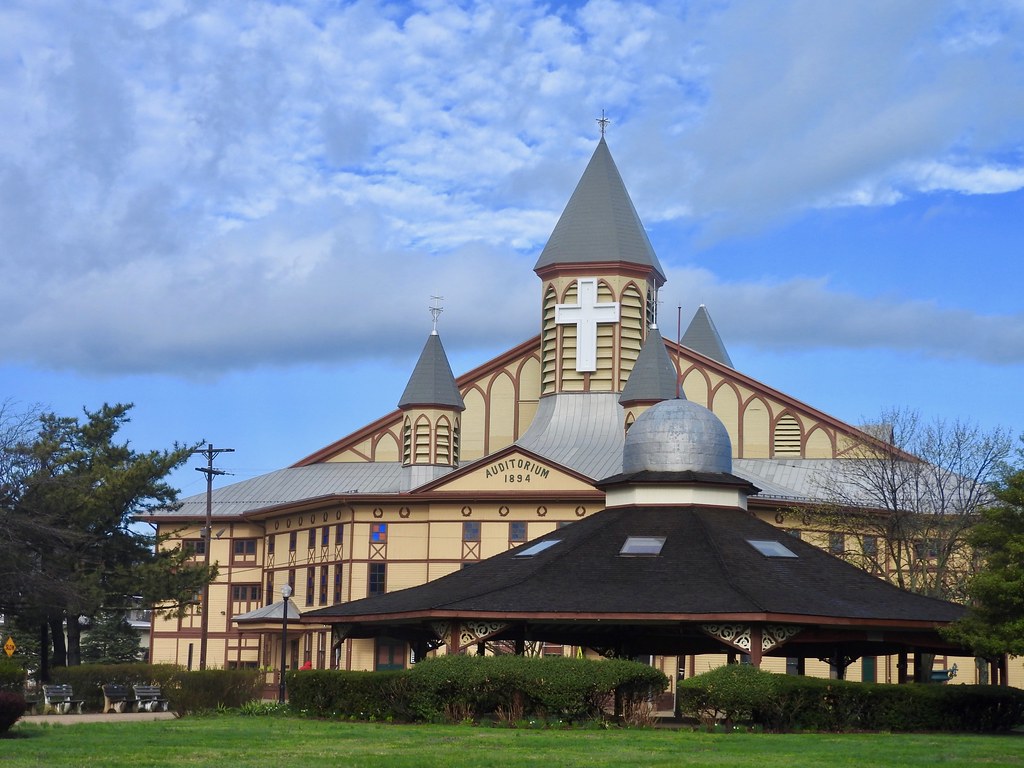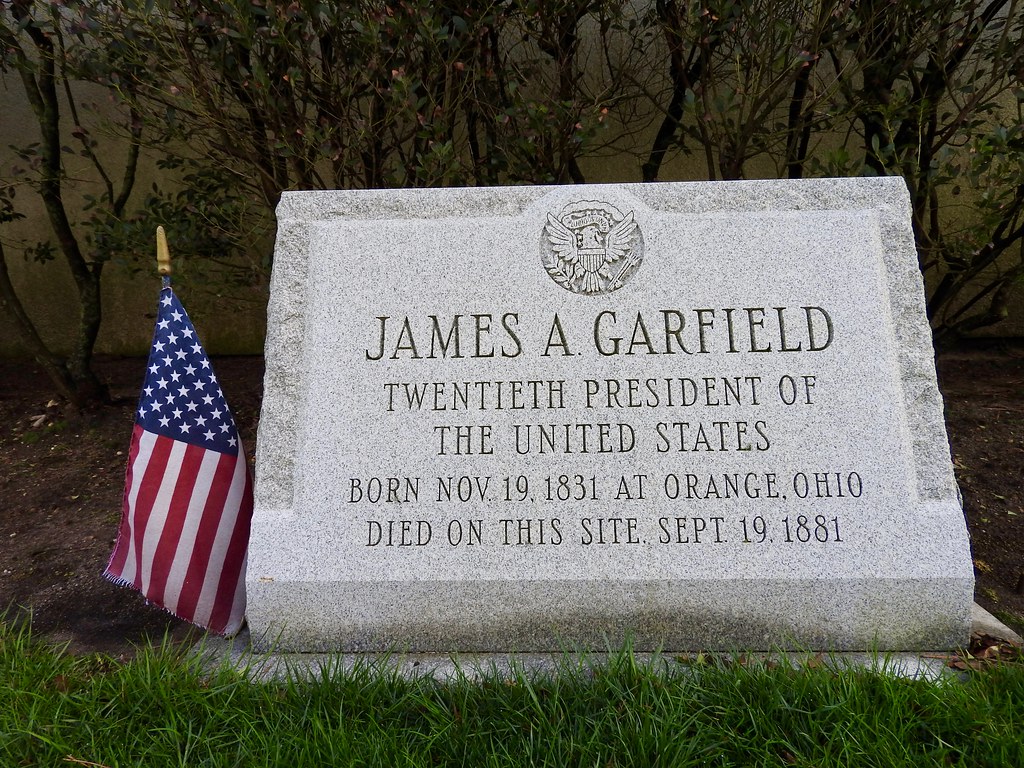It seemed like we spent an inordinate amount of time chasing lighthouses, boardwalks, and breweries although we found other things too. I’ve always been fascinated by historical sites and I scoured the area for targets. A lot of notable events happened in the northeastern United States. The Europeans arrived there early so I suspected the Jersey Shore would be promising.
However, oddly enough, the area seemed to fall within something of a void. Europeans did settle there in the earliest Colonial times. Even so, maybe they just concentrated on farming or sitting on the beach. They saved important matters for Philadelphia and New York and such. Nonetheless, I found a handful of things worth mentioning.
Fort Hancock

The original fortifications at the tip of Sandy Hook dated to the 1850’s, just prior to the Civil War. They protected the southern entrance to New York Harbor. Fort Hancock came later, towards the tail-end of the 19th Century. Its gun batteries remained in place until the end of the Second World War. Shore-based batteries became obsolete in the modern era and Ft. Hancock then housed Nike missiles. That lasted until the 1970’s with base decommissioning.
Many of the structures haven’t been maintained since that time and now seem to be falling into disrepair. Notice the wooden beams keeping a porch from tumbling down onto the lawn at a home along Officers’ Row in the photograph above. That level of decay seemed typical. Superstorm Sandy in 2012 didn’t help either. One former residence has been fully restored though, a lieutenant’s quarters known as History House (map). It reflected daily life for a young officer and his family in the 1940’s.
Ocean Grove

Ocean Grove, just south of Asbury Park, revealed its pedigree even though I hadn’t been looking for it ahead of time. I figured it out when I saw the town’s most prominent structure, “The Great Auditorium,” with its large Christian cross (map). I assumed it must have originated during the Methodist camp meeting movement of the 19th Century.
Back then, it became fashionable for people to gather each summer — often at a beach — for several days of church services and devotional activities. Their camps started with modest accommodations. Those grew into permanent year-round structures and finally into towns. I described this evolution in 12MC’s “From Camp to Town“.
Sure enough, when I looked up the history of Ocean Grove, it followed the typical pattern. It dated back to 1869 “when a group of Methodist clergymen formed the Ocean Grove Camp Meeting Association to develop & operate a summer camp meeting site.” The camp meeting association still owns all of the land in Ocean Grove according to the local Chamber of Commerce, and leases it to residents and businesses.
Garfield

I check the 12MC index map whenever I go on the road to see if I might be near any places mentioned in previous articles. My earlier analysis of Presidential Death Locations showed that James Garfield died on the Jersey Store. I needed to see that spot in person for some odd reason.
Without going into too much detail, a mentally unstable job seeker shot Garfield at a train station in Washington, DC in 1881, barely four months into his term. An infection grew in Garfield’s wound, possibly caused by physicians poking and prodding him without washing their hands. Then they decided to move him to the Jersey Shore where cooler ocean breezes might do him some good. Garfield finally died there after suffering pretty horribly.
Anyway, I stopped at the memorial marker in Long Branch, New Jersey, just north of Asbury Park. (map) Never mind that one of the reviewers on Google Maps said they “thought this was going to highlight a cat.” Garfield didn’t get much respect.
Battle of Monmouth

I’ve toured lots of American battlefields over the years. It’s hard to move anywhere in the Mid-Atlantic region without bumping into the site of an armed conflict, some of them significant and others just little skirmishes. Still they almost always seemed to date to the Civil War. Monmouth offered an opportunity to explore an earlier conflict, the American Revolution.
The Battle of Monmouth in June 1778 pitted George Washington and the Continental Army against the British Army under General Sir Henry Clinton. British troops had abandoned Philadelphia and started marching across New Jersey, hoping to evacuate to New York City by boat. Washington trailed behind and inflicted some damage along the way. The battle itself didn’t accomplish much although it allowed the Continental Army to look courageous and for Washington to save his job.
It rained heavily the morning we arrived so we couldn’t walk around the battlefield like we’d hoped. I couldn’t complain too much. Really, we experienced very little inclement weather the entire trip other than this. We toured through the visitor center and went on our way.
Double Trouble

Who wouldn’t be intrigued by a state park called Double Trouble? The name derived from a cranberry farm that operated on the site around the turn of the last Century. Apparently cranberries grew well in New Jersey’s Pine Barrens. Double Trouble included the site of an old company town (map) with bogs covering the rest. Scenic trails ran throughout the acreage. We probably spent an hour or two here, hiking through the woods.
Articles in the Jersey Shore Series:
See Also: The Complete Photo Album on Flickr

Leave a Reply